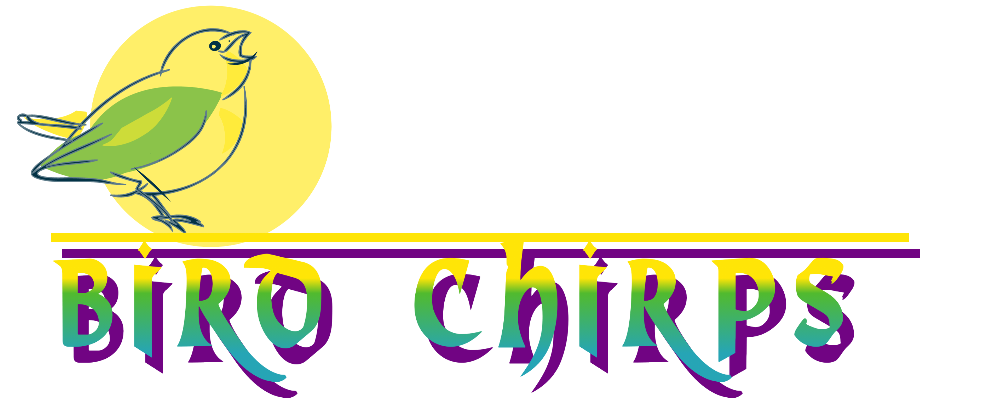As we explained in the entry about raising canaries at home , to ensure that all the chicks are born at the same time you have to replace the real eggs with other plastic substitute eggs. Once the female canary has finished spawning, she places the original eggs back in the nest. During the first week of incubation, you can candidly examine the eggs to verify that embryos are developing. Unfertilized eggs are those that do not show red vein formations against the light and you will have to remove them for two reasons: to leave space for a new laying and to prevent them from rotting and damaging the fertile eggs.
In the first 15 days the demanding chicks will remain inside the nest and their tireless parents will take care of continuously feeding and grooming them. Check that your breeding cage for canaries is always stocked with breeding paste, lettuce, egg paste, seed sprouts and fresh water . Good quality canary food is always essential but, above all, during the breeding season, because the parents make an extraordinary effort! So you have to maintain a constant supply of foods rich in protein , so that the parents do not faint and the canary pups can grow and form their fur.
The paste breeding has softened seeds (whether boiled, soaked or buds), hard ground egg and some vegetables or fruit. It can also contain other ingredients such as rolled oats, carrots or wheat semolina and we can mix it with whole wheat bread, cooked brown rice or peas. These types of food spoil quickly, especially in hot weather, so it is preferable to keep pasta in the fridge . It is also advisable to supply the breeding paste in small portions several times a day, always washing the container between services to protect the newly formed family of canaries from bacteria .
At approximately 7 days of age, we can place a ring on them . To do this, first insert the front fingers and continue sliding the ring down the leg together with the opposite finger until it is released and is in place. After 15-20 days , the chicks begin to leave the nest, but they still do not feed themselves. In this period their appetite doubles, so it is necessary to increase the amount of food we put in the cage. Around 4 weeks of age, you will see that the little canaries begin to feed themselves. At this time, it is very likely that the mother is taking care of a new clutch, so it is advisable to install 2 nests in the cage.
Once the young canaries are feeding on their own, you can take them to an individual cage. He continues to offer them pasta, as well as a good vitamin complex and some delicacies such as rapeseed or soaked semolina. Another food very rich in vitamins that we can offer young canaries once a week is bee pollen, it will strengthen their defenses!
Between 2 and 3 weeks later, the young canaries will be developed enough to be moved to a larger cage or a float so they can exercise before the first molt. This is a stage of maximum demand for canaries, which arrives between the first 8 and 10 weeks of life . A good quality canary food is essential during this process, as well as vitamins, fresh water, hygiene and the temperature of the environment. The new male canaries will begin to rehearse their first melodies and this is how we can differentiate them from the females and begin to separate them.
We have everything you need to raise canary chicks like a true professional, from the best breeding cages to the most nutritious food for canaries. In addition to vitamins, hygiene products and all kinds of accessories for birds.


